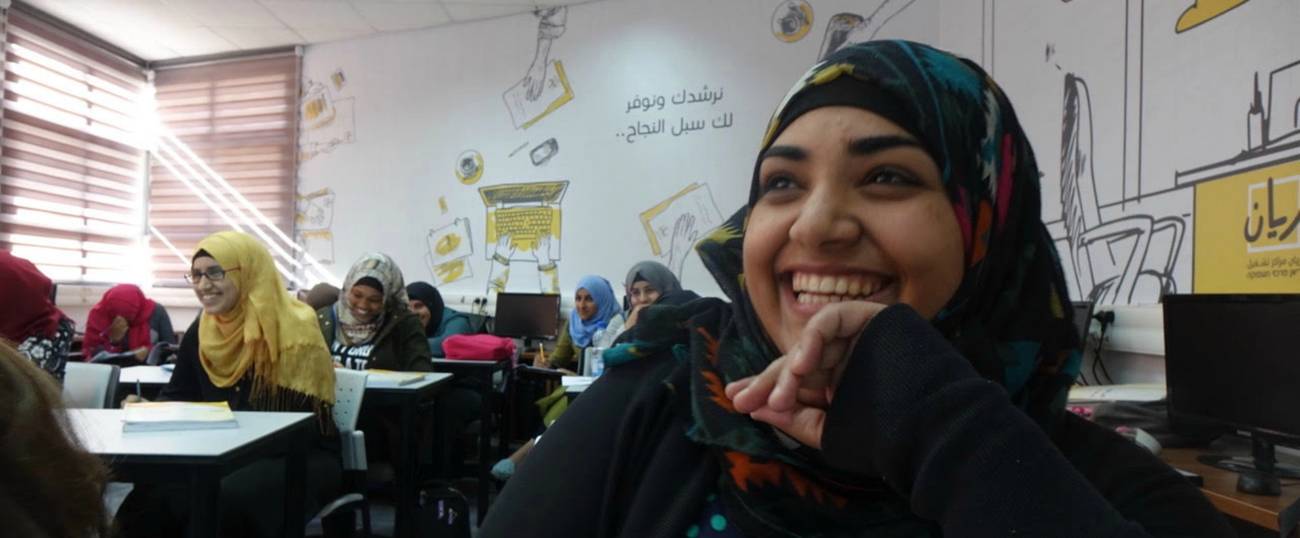Finding a Home in Israel, Again
From young Arab women to elderly Holocaust survivors, a photographer takes another look at her homeland




Nearly forty years ago, when I met the love of my life, I could not imagine what my future would hold. I was born and grew up in Tel Aviv. After I enlisted in the army at the age of 18 to serve my country, I signed up for four years, unusual for a young woman at that time.
Though I planned on a future in Israel, everything changed when I met a special American, got married, and moved to New York in 1981.
In the beginning, I envisioned becoming a dual citizen, shuttling thousands of miles between the two places. I imagined that I would travel regularly to see my parents in Israel and they would come to New York to visit my growing family.
Indeed, this is what happened.
Over decades, the thrill of returning to Israel never got old. Each time the plane would land at Ben Gurion airport I was overcome with excitement of return. The young country where I had been born exerted a strong pull on me. Responding to that primal call, walking the streets of my native land, I felt safe and complete.
Israel was my first mother, a country I knew as intimately as I knew myself. However, it was through my camera that I finally gained a way to tell the story of my birthplace to my friends and family in my new country.
Two years ago, I joined a group of photographers on an American Jewish Joint Distribution Committee (JDC) intensive photo workshop in Israel. This deep dive into a country I thought I knew well – mediated through an organization working to empower the country’s most vulnerable – opened my eyes to unknown splendors for the first time.
The experience was nothing short of transformative. Equipped with my camera, I saw new faces, new landscapes, new stories. I heard new voices and met people who previously had melted into the background. They came to vivid life before me, expanding my horizon. I was able tell a brand-new story of a country no longer brand-new, now a septuagenarian.
The trip itself took us to places that are both iconic and utterly off the well-trodden tourist path. We woke up at dawn to see the rolling clouds at the Mitzpe-Ramon crater and watched Jerusalem from Mount Scopus at sunrise. We drove north through fields of blooming flowers.
But its true beauty emerged as we delved deeper into the diverse populations of the country, entering private homes and speaking to people often invisible or airbrushed out of the contemporary narrative: the elderly, people with disabilities, Arabs and Druze, and the ultra-Orthodox, among others.
Yes, the land of Israel is home to Jews the world over, and also to many others. It is both a start-up nation of technological innovation and repository of ancient traditions. It is on the cutting-edge and biblical all at once. That tension provides so much of its unique energy.
Our journey straddled both realities. We sampled Ethiopian food in Ramle and saw the fields where the elders grow the grain needed for their traditional food. We visited a Bedouin village in Layika and captured the excitement of the school children playing and learning in a new school garden in Kiryat Gat, a development town. We drove to the north to Yanich-Jat to visit a Druze kindergarten where the innovative educational model involves parents and has produced teachers of the highest caliber in Israel.
What does one do with such an experience and thousands of photos and stories that need to be told? A group of us came together and with JDC and the Bernard Museum of Temple Emanu-El, created an exhibition. “HOME: A New Lens on Israel,” curated by Yael Eban, the granddaughter of renowned Israeli diplomat Abba Eban and the Museum’s Warren Klein, will be on display for seven months starting today. Every month the focus of the exhibit will shift to a population and destination we explored.
The first rotation focuses on the elderly, which holds special significance for me as my own mother, 92-years-old, is now struggling with the challenges of growing old. She is part of the founding generation of the State–Holocaust survivors, pioneers, and subsequent immigrants who joined them–who are now aged. Many suffer from loneliness. Some 100,000 live under the poverty line.
But as I came to see, they are not alone. At a day center in Dimona, a full-service facility for the elderly created by JDC in partnership with the Israeli government, I saw an oasis for senior citizens.
I delightedly observed a vibrant social scene: People working at computers, Yemeni men discussing Torah, a group of seniors doing chair exercises while another learned about nutrition. Most moving, a group of Holocaust survivors spoke of their experiences. At a nearby program, a similar group used photography to share trauma long kept under wraps.
The combination of innovation and respect embedded in the programs we visited was beyond inspiring. From the people who provided the services to the design of the interventions, preserving the dignity of the older person was the foremost consideration.
In these faces, in these places, I have not just brought my two homes closer together, but have turned my lens to a humanity forgotten, but critical to reveal.